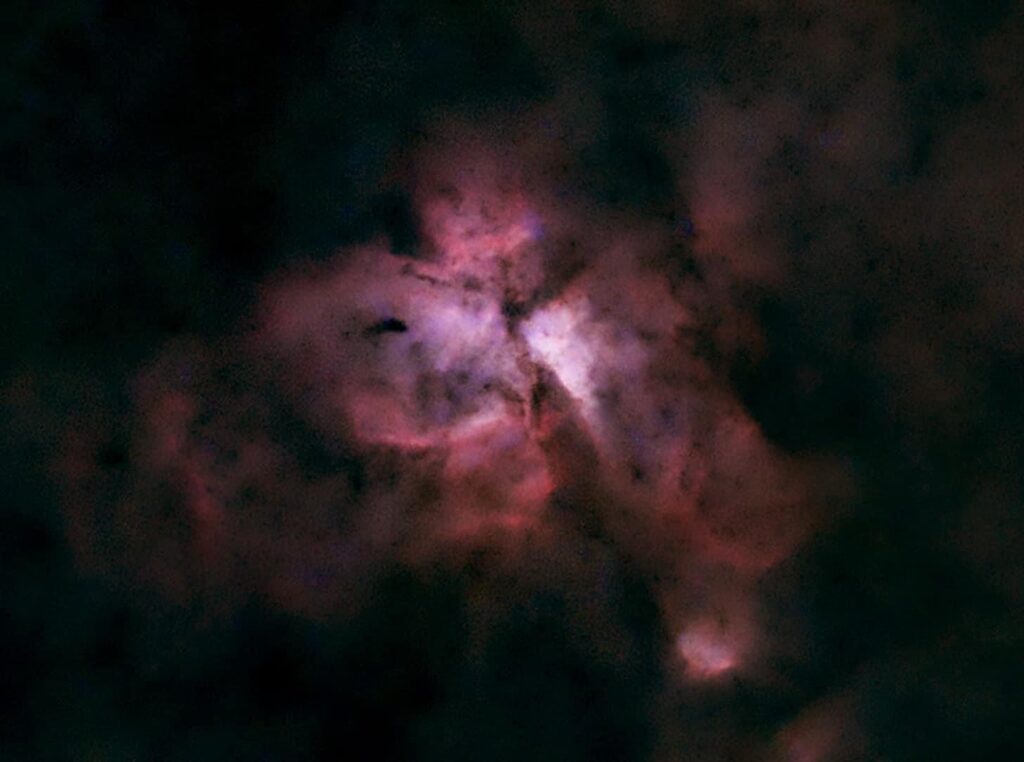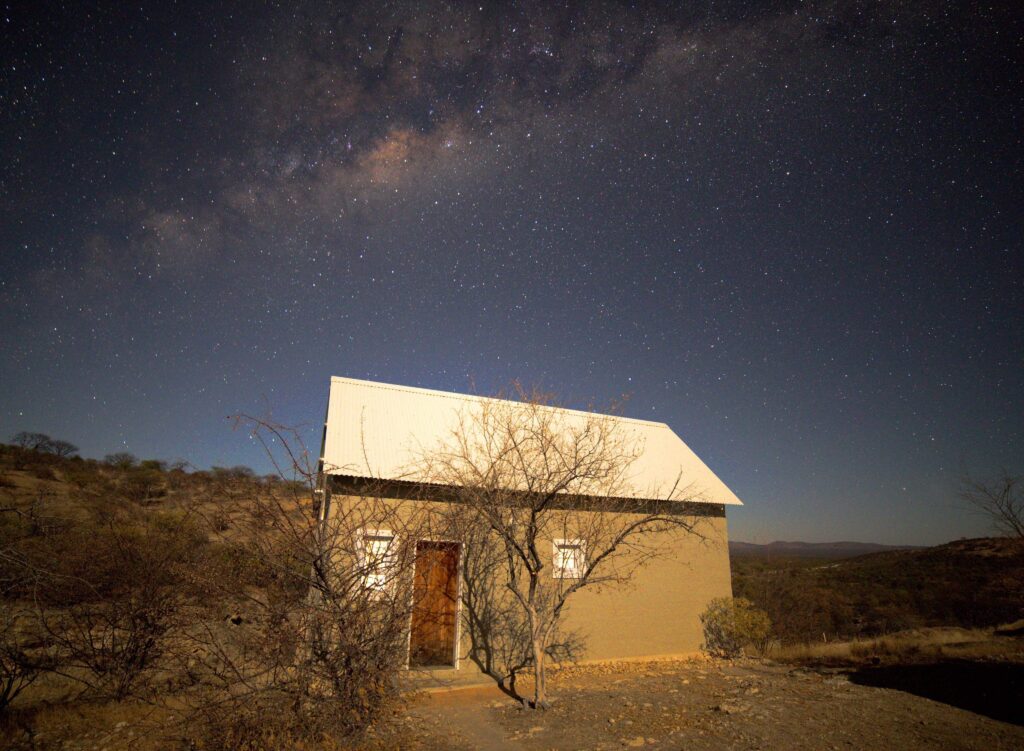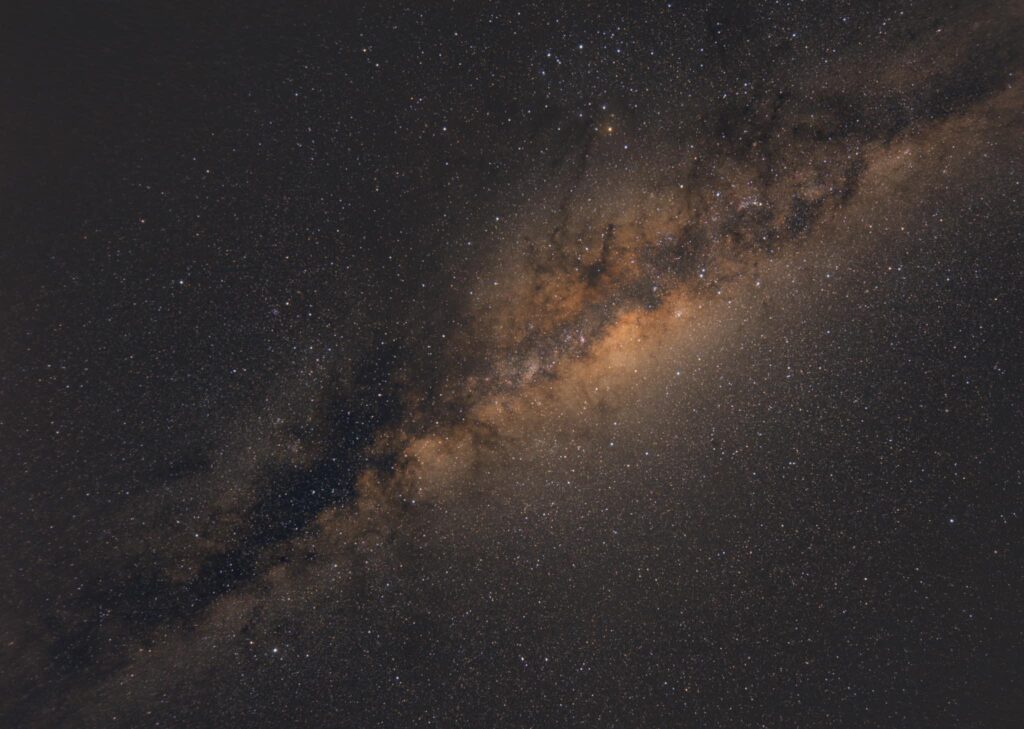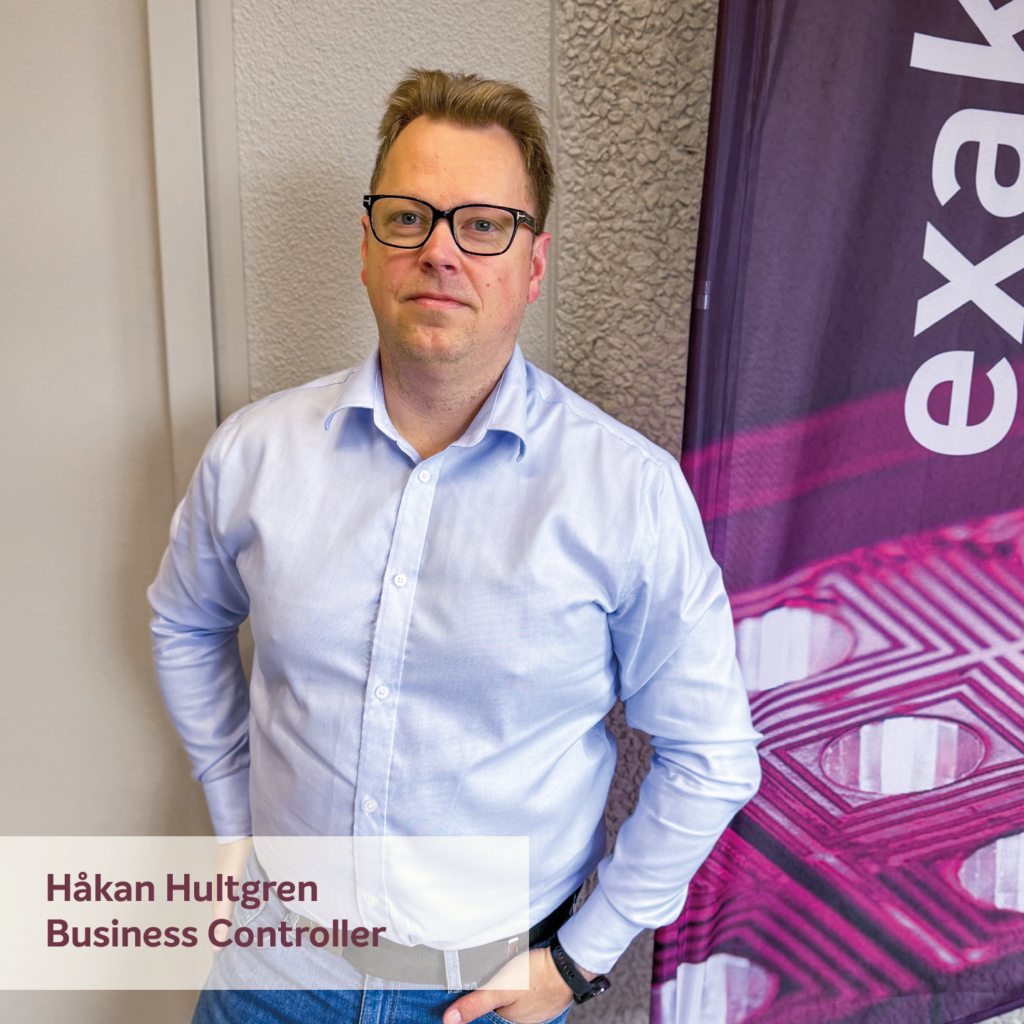From Excel to galaxy at nightfall
Meet Håkan – the economist who aims for the stars
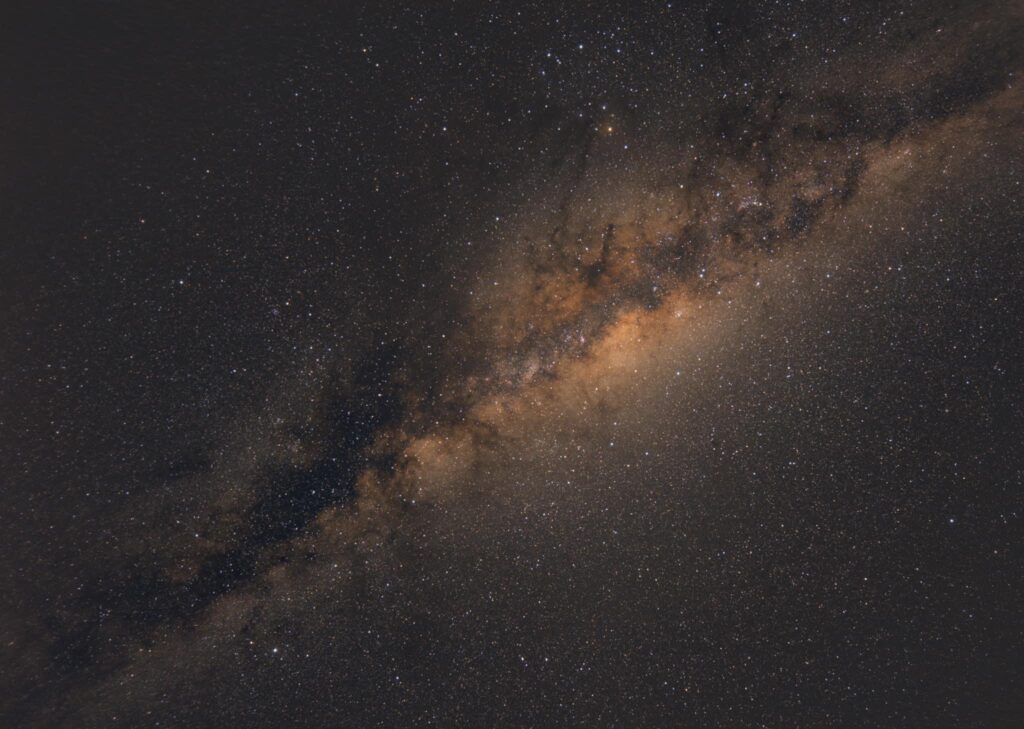
By day, Håkan works with numbers, structure and financial management. But when darkness falls, he looks to the stars – literally. For Håkan, astrophotography is more than a hobby. It’s a way to find stillness, perspective and precision.
– When I stand there, in the middle of the desert, not a sound, not a light, just the hyenas, and look out into space… then everything else disappears. It’s just me, the camera – and my thoughts,” says Håkan.
He was born and raised in Gislaved, where he currently lives with his wife. After studying economics at Växjö University, he took his backpack on his shoulder and set out into the world. He travelled to Australia, large parts of Africa and China – and Beijing, where he lived for five years, got married, ran a business and studied Chinese. In time, the roads led him back to Sweden and back to the lighting industry. In the autumn of 2024, he joined Exaktor as a controller.
But it’s in the darkness under the night sky that Håkan really finds his element. His interest in photography began with travelling – and a newly purchased system camera.
– I have always loved maps. Planning, reading up, understanding the landscape. When I found a similar app – but for the starry sky – it clicked straight away. I realised that what I was photographing was also a map.
Details, structure and direction. It was the start of a passionate interest in astrophotography – a technique that captures the night sky with extreme precision.
– I can stand for hours rigging the equipment. My camera is mounted on a tripod with a motor that synchronises its movement with the rotation of the earth. If there is a difference of a tenth of a millimetre, the whole evening can be ruined. It’s at that level.
Among his most memorable photo moments are the night skies of Namibia. The country is one of the world’s least light- and air-polluted and densely populated countries. Most of the landscape is desert and savannah – perfect for night photography.
– I saw a completely different starry sky from the one we have here. It was magical. I often try to get the landscape as well – like the Milky Way with a mountain ridge or a desolate landscape in the foreground.
When Håkan talks about his hobby, it quickly becomes clear that it is about much more than taking beautiful pictures. It’s a way of thinking, of understanding, of seeing the world.
– Space gives perspective. I stand there in the dark and realise how small the Earth is. It brings a kind of humility to everything. I marvel at how beautiful it is – to look beyond the black and discover how many stars there actually are. A real “aha” moment.
Precision, accuracy – and curiosity – are the common thread in everything he does. Håkan’s hobbies do not end with the camera. He brews his own beer, from scratch.
– I’ve worked out how I need to adjust our local water in Gislaved to mimic the composition in Belgium, if I want to brew a truly classic Belgian beer, for example. It’s chemistry, it’s geekery – and I love it.
Whether it’s starry skies or salt levels, the attraction is the same: understanding the big picture through the details.
– There’s something satisfying about getting it right. I want to understand why things turn out the way they do. I think that’s why I enjoy numbers so much – and photography. Both require focus, patience and a willingness to look beyond the surface.
Curious to try astrophotography?
Getting started with astrophotography doesn’t have to be difficult – you can actually start with your mobile phone camera. Here are Håkan’s top tips:
1. Use a tripod and manual settings
A steady tripod is essential. Download a camera app that gives you manual control over shutter speed, ISO and focus – such as ProCamera (iOS) or Manual Camera (Android).
Set:
– Shutter speed: 10-30 seconds
– ISO: 800-3200
– Focus: manual, set to infinity and fine tune against stars
2. Choose the right night – and the right subject.
Head out on a clear, moonless night, preferably far from street lights. Start by photographing bright objects – in the right season, Orion is a perfect subject, and with a little practice you can even catch the Orion Nebula.
But right now, during the summer, Orion is below the horizon and not visible from Sweden. It will return in autumn – easy to find and great to start with.
During the summer nights, you can look to the Summer Triangle instead: Vega, Deneb and Altair – three bright stars forming a clear triangle pattern high in the sky.
3. Edit your photos for best results.
Mobile photos often turn out pale straight out of the camera –
but it’s possible to lift them considerably afterwards. Try apps like Snapseed or Lightroom Mobile to:
– Reduce noise
– Increase contrast
– Bring out the stars
-> Want to learn more about the starry sky?
Then Håkan recommends the Stellarium app – where you can explore constellations, planets and galaxies in real time directly on your mobile phone.
More news


